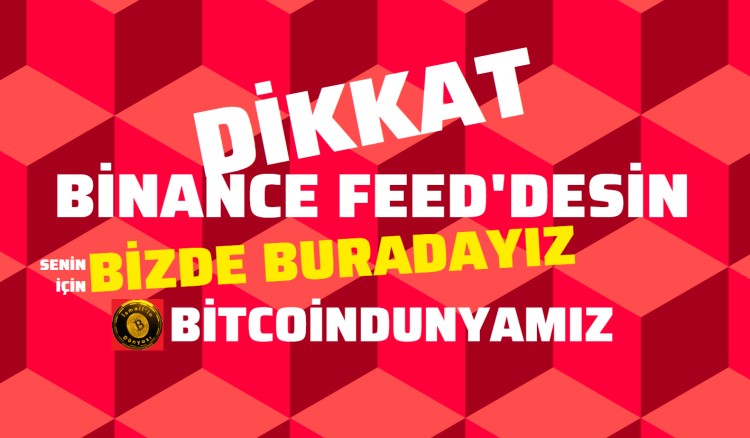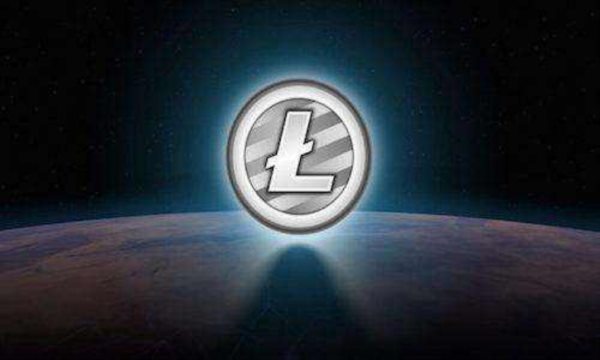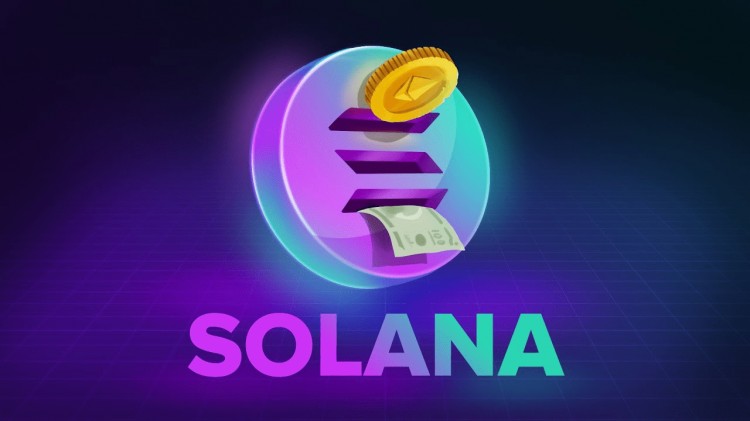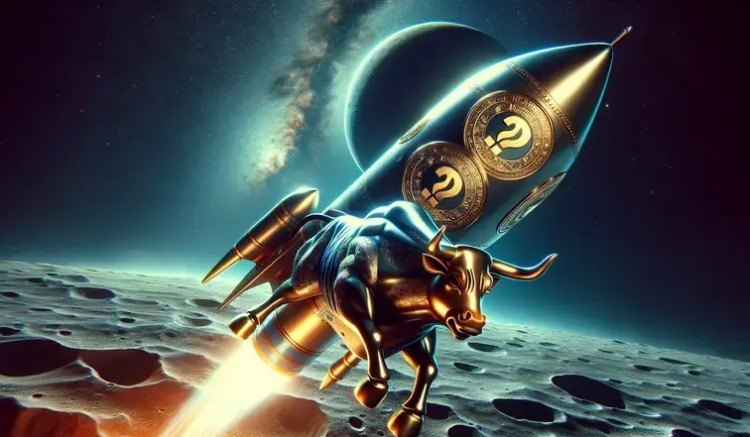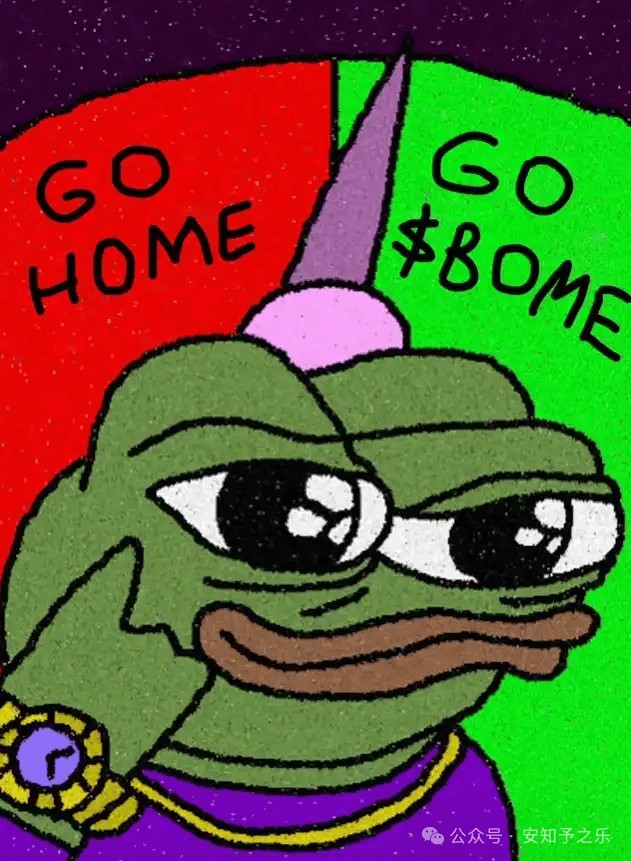时间:2024-03-12|浏览:311
Web2 games and GameFi might differ in several key areas, but many of the market forces that govern success or failure are very much the same — at least according to several experts who spoke with Cointelegraph.
Games in the Web2 market are governed by market demand, profitability, consumer purchasing power and competition among game developers, of which a handful of large developers and producers dominate larger games. All these factors contribute to the success or failure of a title in the mainstream market.
Speaking to Cointelegraph, Andy Koh, CEO of GEMs — an esports aggregator platform — said that fundamentally, GameFi is subject to many of the same market forces that govern success or failure in the mainstream market. One key factor in particular is maintaining a robust player base.
“The pillars of engaging gameplay, graphics, immersive experiences and a vibrant community remain pivotal in both Web2 and Web3 games,” he said.
“The Web3 gaming industry has to acknowledge that, without a dedicated player community, any game, whether traditional or blockchain-based, faces challenges in achieving sustained success and optimal NFT or token sales.”
Using some elements from the Web2 game market, GameFi combines traditional gaming elements with blockchain technology, allowing for ownership of in-game items and rewards in digital assets, such as nonfungible tokens (NFTs).
GameFi titles will generally focus on creating a stable, sustainable environment based on digital assets with real-world value and aim for long-term growth. Many Web2 games focus more on external forces, such as new releases replacing the original.
Steam is one of the most popular online platforms for traditional games. According to data gathering platform Statista, there are over 73,000 games available on Steam as of 2024. Last year alone, 14,457 games were added to the library, up from 12,533 the previous year, according to data from aggregating website SteamDB.
Rather than moving away from its core focus and shifting to the traditional gaming market models of mass production to survive long term, Koh thinks a smaller, more subtle change is required for Web3 games and GameFi in general.
According to Koh, many blockchain and Web3 gaming founders grasp the key factors necessary for long-term sustainability and success. However, they can sometimes get too caught up in pleasing investors, leading to substantial marketing budgets that are often misallocated, sometimes at the expense of actual game development.
“From 2021 to 2023, there has been a notable emphasis on token NFT plays, overshadowing the essential aspect of acquiring dedicated gamers.”
“Long-term sustainability remains a formidable challenge, especially when it detracts from the core focus of building and refining the game. Striking a balance between satisfying investor expectations and ensuring the longevity of the project is pivotal,” he added.
Roy Kek, co-founder and CEO of Singaporean gaming and esports company Emerge Group, told Cointelegraph that Web2 and Web3 are governed by the same market forces and measures for success.
“Ultimately, prioritizing enjoyable gameplay, community building and effective user-retention mechanisms will be crucial, regardless of whether a game is Web2 or Web3,” he said.
A key factor he thinks very much holds sway over both industries is “stickiness.” Stickiness refers to how often users return to an app or game. Kek said that once “a game achieves stickiness, there are numerous pathways to success.”
Related: GameFi opportunities and challenges in 2024
Monetization is also critical to profitability and commercial success for Web2 games and GameFi. In recent years, monetization has become an enormous part of the Web2 market. Features such as in-game purchases, premium paid downloads and ongoing subscriptions have become common to help drive profitability.
According to Kek, Web3 games should go down the same road but do it far better than their Web2 counterparts, utilizing the additional monetization options exclusive to GameFi.
Specifically, he cites token positioning, which involves positioning the token as a valuable commodity within the game ecosystem, and NFTs, which can represent unique in-game assets that players can own, trade or sell.
“Free-to-play Web2 games rely heavily on in-game item sales for monetization, but for Web3 games, there is room for much more creativity in terms of monetization,” he said.
Speaking to Cointelegraph, John Schneider, co-founder and CEO of GameFi ecosystem platform Acxyn, thinks GameFi has yet to significantly revamp the conventional gaming industry business model, making it beholden to some of the same market forces.
“For the majority of GameFi projects, establishing a robust fundamental business model rooted in existing and proven value streams is paramount,” he said.
“The bulk of users are situated within traditional platforms like the Apple App Store, Google Play Store and Steam, which presently impose limitations on blockchain integration.”
Web3 developers have long been saying the mainstream market is critical to the success of the GameFi market in the long term.
Overall, there are more than 3 billion Web2 gamers worldwide as of 2023, according to Exploding Topics. Most are considered casual gamers who play regularly but rarely invest significant time.
Mohsin Waqar, CEO of Web3 gaming platform Senet, agrees that player numbers are undeniably critical for success in traditional gaming and GameFi. However, he thinks “the dynamics within the GameFi space are more multifaceted.”
“For instance, AAA gaming studios rely commonly on these metrics to gauge popularity and revenue potential and, in most cases, are the only prime indicators used to determine success,” he told Cointelegraph.
“In GameFi, success isn’t solely determined by these metrics but rather hinges on the viability of token economies, liquidity pools and community engagement strategies.”
According to Waqar, unlike traditional gaming revenue streams — which primarily stem from direct sales, in-game purchases or microtransactions — GameFi projects often involve decentralized finance mechanisms, such as tokenomics, liquidity pools and yield farming.
Related: ‘Tens of millions’ to enter Web3 through gaming in 2024 — GameFi execs
Additionally, he said player governance is more emphasized, meaning GameFi projects can still thrive with low player counts relative to traditional titles as long as liquidity is present and players are engaged as active stakeholders.
However, at the same time, Waqar still believes one guiding principle holds sway over both industries.
“From a broader point of view, Web3 game developers, GameFi developers, are starting to realize that a player’s enjoyment and fleshed-out gameplay is still, and always will be, the focal point for a gamer’s experience,” he said.


